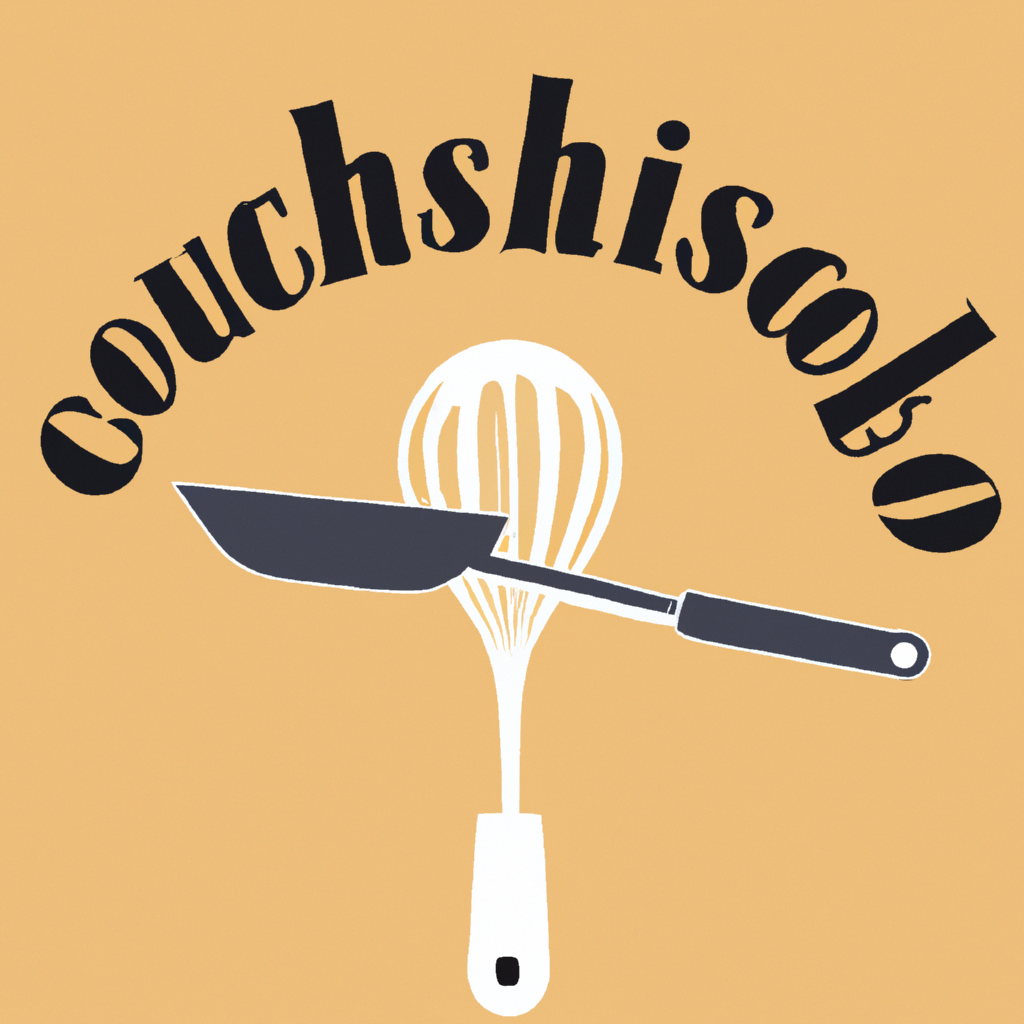
The Evolution of Culinary Techniques: From Traditional to Modernist Cuisine
Transform Your Passion into Profession: Enroll in Culinary School Today!
Hey folks! Today, we’re diving into the fascinating world of culinary techniques and how they’ve changed over the years. It’s pretty amazing to see how far we’ve come from traditional methods to the mind-bending tricks used in modernist cuisine. So, grab a cup of coffee—or tea if that’s your thing—and let’s chat about this tasty evolution.
I remember my grandma’s kitchen like it was yesterday—filled with the smell of freshly baked bread and simmering stews. She had this massive wooden spoon that looked like it could stir a witch’s cauldron, but man, did she work wonders with it! Traditional cooking is all about those hands-on skills passed down through generations. Think roasting meats slowly over open flames or using simple ingredients to create something comforting and delicious.
There’s something so heartwarming about these age-old techniques. They remind me of when I first learned how to make pasta from scratch with my mom. We kneaded dough until our arms felt like jelly and then carefully rolled it out just right. It wasn’t perfect, but who cared? The taste made up for every flaw.
But hey, times change and so does cooking! Enter modernist cuisine—this crazy cool movement that flips traditional techniques on their head. If you’ve ever been in one of those fancy restaurants where food looks more like art than dinner, you’re probably familiar with what I’m talking about.
Modernist chefs love playing around with science-y stuff like foams, gels, and even liquid nitrogen (crazy!). It’s almost like they’re part mad scientist! Take spherification for example—turning liquids into little spheres that burst in your mouth… sounds wild? It totally is!
I once tried making a dish inspired by modernist methods at home—not gonna lie—it was an epic fail at first attempt! But after some trial-and-error (and maybe a few kitchen disasters), I managed to get a decent foam topping on my soup without turning my kitchen into chaos zone.
One thing I’ve noticed though—while modernist techniques can be super impressive visually—they don’t always hit you in the soul quite like grandma’s stew did after long day outside playing soccer as kiddo—you know?
What’s really interesting is seeing how these two worlds collide sometimes: chefs blending both old-school traditions with new-age creativity for dishes that are both nostalgic yet innovative—a bit best-of-both-worlds kinda vibe which feels fresh yet familiar all same time!
Take Chef Grant Achatz from Alinea as prime example; his iconic dish ‘Hot Potato Cold Potato’ cleverly combines classic flavors alongside avant-garde presentation resulting unique dining experience unforgettable anyone lucky enough try it firsthand…
So whether you’re sticking close roots or venturing out experiment realm molecular gastronomy—the beauty lies within endless possibilities exploring creative boundaries pushing limits finding personal style amidst vast culinary landscape we call home—
At end day what matters most isn’t technique itself—but joy sharing meal together loved ones creating memories last lifetime—
Cheers till next bite-sized adventure amigos!


